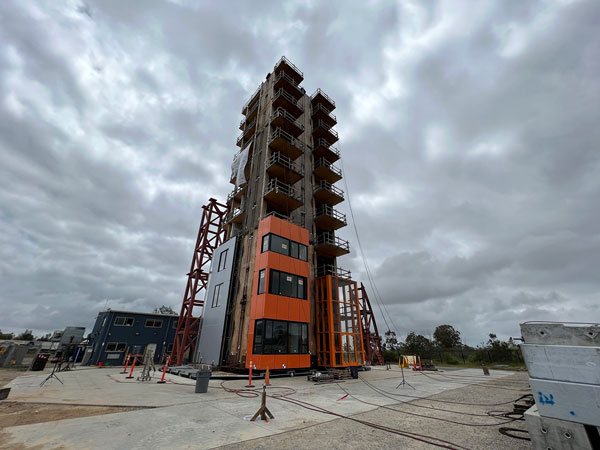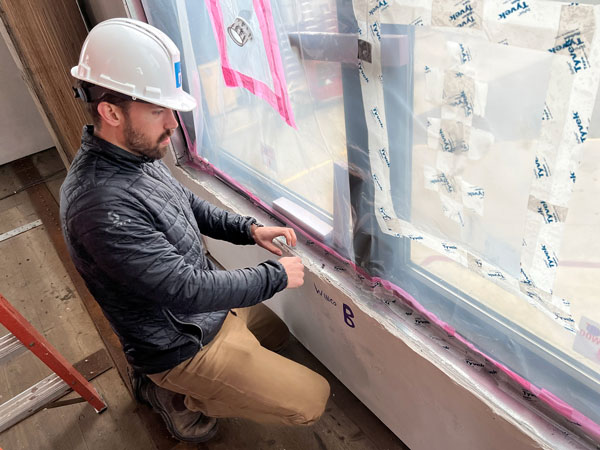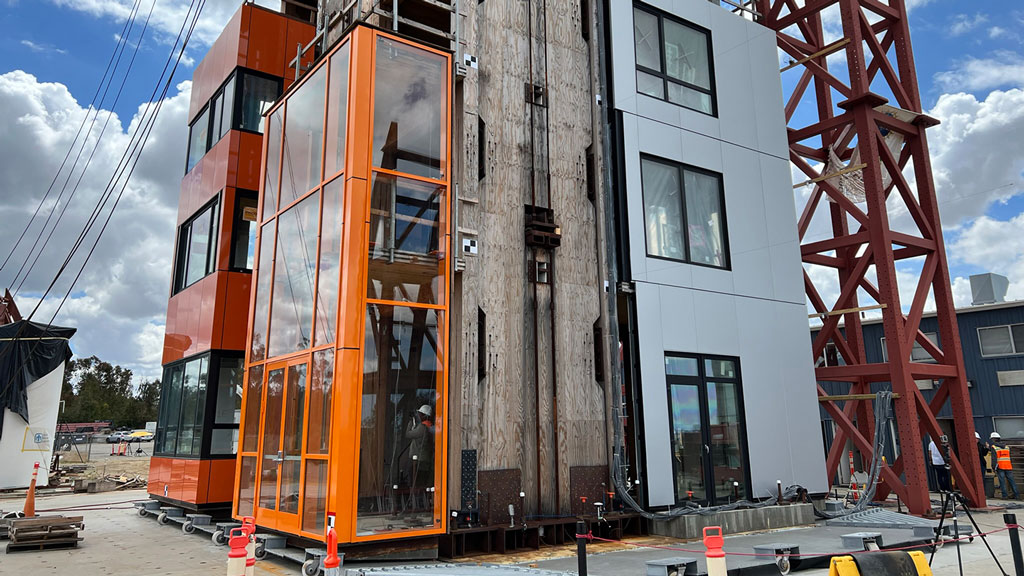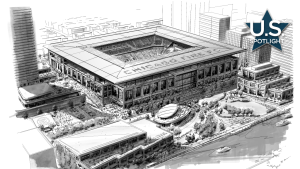A Canadian engineering company is participating in a landmark research project in the U.S. that may set the stage for how future mass timber building enclosures are built to withstand seismic events.
RJC Engineers (RJC) is studying the impact of an earthquake of magnitude four to eight on the Richter scale on the integrity of windows, a critical component to the overall energy efficiency and safety of a building.
The tests are part of the Natural Hazards Engineering Research (NHERI) TallWood project that is taking place on an outdoor shake table at the University of San Diego, Calif. The project is simulating large earthquakes and their effects on a 10-storey mass timber building, the tallest ever test on a shake table.

The research is important because, even if unbroken, damaged windows can cause air to escape through the seals, resulting in poor energy performance and the escape of gases into the atmosphere.

“The NHERI TallWood project testing is attempting to detect the point at which window seals fail when subject to lateral building movements,” explains Dennis Gam, principal with RJC. “Lateral or sideways movements of a building can occur in both wind and seismic conditions. Window damage can be hidden and expensive to repair, and unseen breaches can cause larger impacts in energy efficiency and building durability.”
The building sector is one of the largest carbon emitters in the world. Residential, commercial and institutional buildings across Canada account for up to 18 per cent of total greenhouse gas emissions. As the windows get beaten up by shaking in an earthquake, they can leak more air and become a liability to the operation of the building, its durability and overall energy efficiency, says Gam.
“This would be an expensive repair that the current marketplace does not expect. We hope to find what the level of seismic movement is before the systems are irreparably damaged. From this, future design decisions can be informed.”
The initiative will further the understanding of the impact of seismic events on sustainable building design and is pivotal to the ability of B.C. to meet new building code changes and net-zero carbon goals. It will provide engineers information on whether they need to alter architectural detailing of a building enclosure.
During the testing, the shake table will be accelerated to 1G of force, which will result in a force of up to 3Gs at the top of the building. For reference, on average, modern roller-coasters produce 4Gs at peak acceleration. The table will also mimic the effects of the ground moving in all six degrees of motion.
The mass timber building was designed with a ductile lateral system which allows it to “drift” sideways while dissipating energy that could otherwise be damaging to the structure. Lessons learned from the mass timber prototype could be extrapolated to ductile construction using other materials.
With new code requirements coming to B.C. this fall that require buildings with high importance and post-disaster occupancy to remain undamaged for large earthquakes, Gam says the data gleaned from the experiment will enable builders to make changes to comply with B.C.’s energy efficiency targets.
“B.C. now requires developers to commit to greenhouse gas intensity levels that focus on embodied carbon and, soon, lifecycle carbon emissions. It would be impossible for a building to maintain its embodied and lifecycle carbon footprint if extensive repair and air leakage occur as a result of natural building movements.
“These earthquake tests will help us better understand how the building envelope will perform following a seismic event, helping to inform future sustainable design decisions.”
The carbon-reduced future will involve higher-performing building enclosure systems, according to Gam.

“None of the building systems used to manage interior climate will work without the enhanced air-tightness and moisture control offered by a high-performing envelope. If the envelope fails, the systems are no longer optimized, and operation carbon goes up.
“The expensive repairs to fix the seals then drive-up embodied carbon. Designing building envelopes to be resilient to accommodate seismic events is therefore a two-fold benefit. Energy performance can be maintained, and repairs avoided, saving carbon in operation and by avoiding repair.”
Gam expects that findings from the research will drive detailing of building enclosures which will start with informing industry and supplier groups that will then turn into a discussion about code changes.
“Observing and testing actual conditions may inform changes in design and detailing, improving resiliency and long-term performance. At RJC Engineers, we want to inform the need for a more co-ordinated approach to enclosure design.
“Using the typical deferred submittal approach to delivery leaves too much opportunity for the resilience outcome to get lost. Structure and enclosure must work with each other to minimize the risk of damage from movement incompatibility.”
Gam says the interaction of structure with building enclosure and functional components of a structure is an under-researched area.
“Although the industry can create building structures that survive earthquakes, what needs to continue to be researched is how to make the building survive while also being occupiable and functional.”











Recent Comments